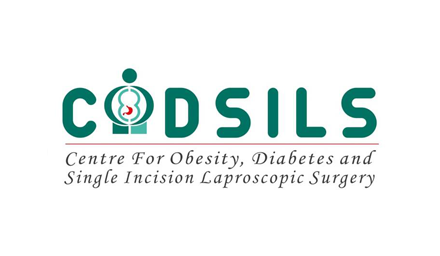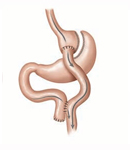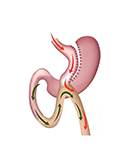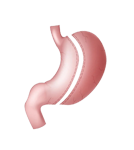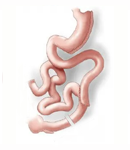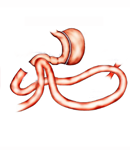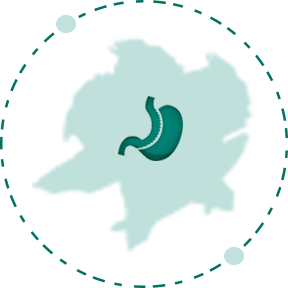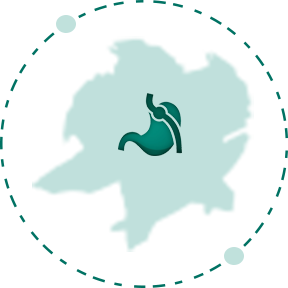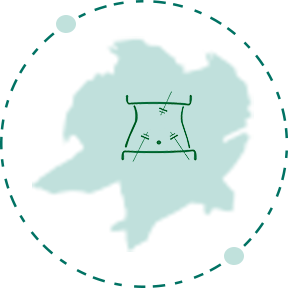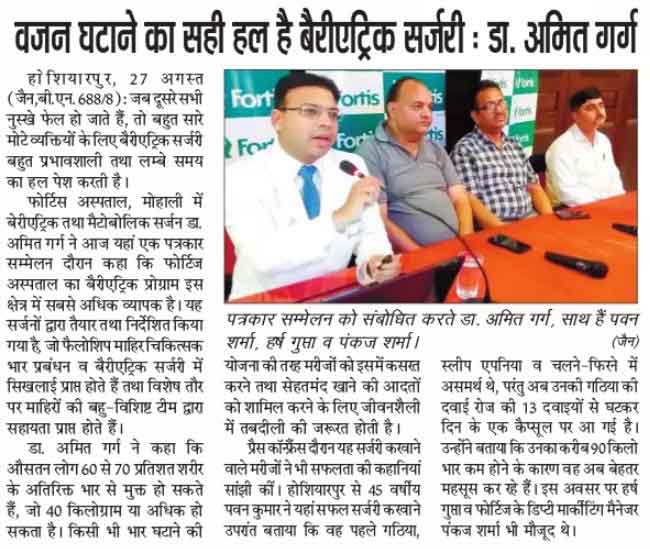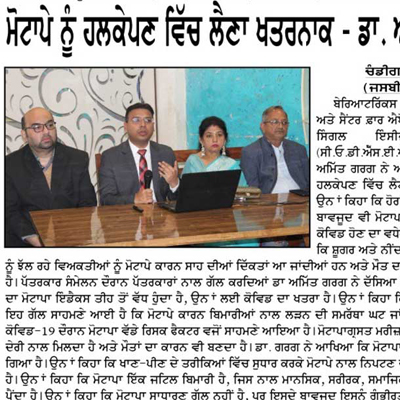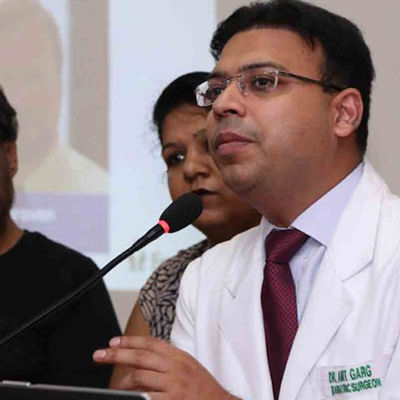Gallstones, also known as cholelithiasis, are solidified formations of bile that develop within the gallbladder or bile ducts. They are quite prevalent, particularly among women and individuals assigned female at birth. While gallstones may not always pose a problem, they can lead to complications if they obstruct the biliary tract, impeding the flow of bile. Treatment, usually in the form of surgery, is necessary if symptoms arise.
What exactly are gallstones?
Gallstones are concretions of concentrated bile material that form within the gallbladder or bile ducts. The term “gall” refers to bile, thus gallstones are essentially bile stones. The gallbladder serves as a reservoir for bile, which is produced by the liver and transported through bile ducts to various organs within the biliary tract.
Healthcare practitioners often refer to the presence of gallstones as “cholelithiasis,” where “chole” denotes bile and “lithiasis” signifies stone formation. These stones develop when bile sediment accumulates and solidifies, typically due to an excess of certain components of bile.
How serious can gallstones be?
Gallstones may remain asymptomatic for many individuals. However, they can pose a serious threat if they migrate through the biliary tract and become lodged, leading to blockages. Such blockages can cause pain and potentially severe complications by obstructing the normal flow of bile.
The concern with gallstones lies in their gradual growth over time as bile continually passes over them, depositing additional layers of sediment. What starts as a minute particle can enlarge sufficiently to obstruct bile flow, particularly in narrow passages like bile ducts or the neck of the gallbladder.
Dr Amit Garg
Minimal Access Bariatric
Metabolic & GI Surgeon
GALLBLADDER STONES SURGERY
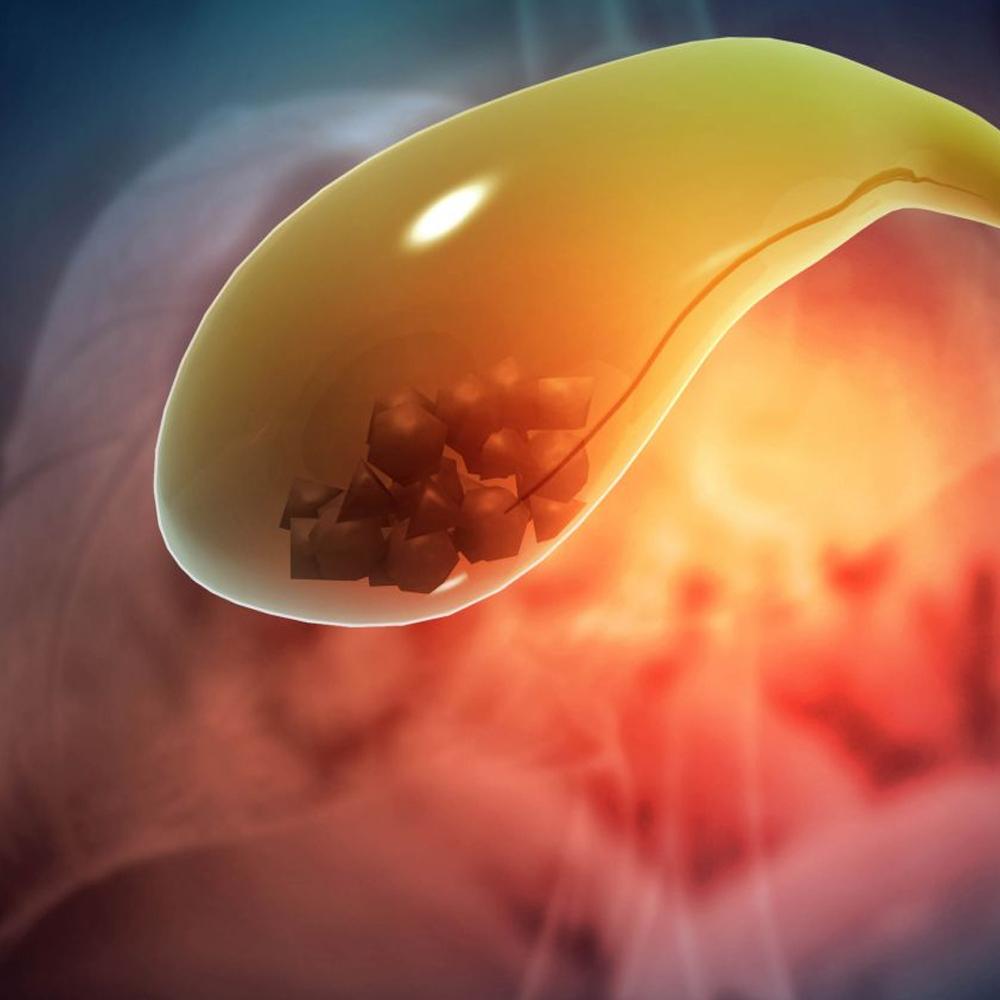
Make An Appointment
Call:6283337650
OR
Frequently Asked Questions
What are the symptoms of gallstones?
Gallstones typically do not manifest symptoms unless they cause an obstruction. This obstruction can result in upper abdominal pain and nausea, which may be intermittent or persistent. Severe or prolonged blockages can lead to additional symptoms such as sweating, fever, rapid heart rate, abdominal swelling and tenderness, as well as discoloration of the skin and eyes along with changes in urine and stool color.
What does gallstone pain feel like?
Typically, gallstone pain is abrupt and intense, often accompanied by nausea, constituting what’s known as a gallstone or gallbladder attack. This discomfort can peak post-meals, coinciding with gallbladder contractions that elevate pressure in the biliary system, occasionally disrupting sleep.
Biliary colic, another manifestation, involves a gradual buildup of pain followed by its gradual subsiding. Episodes can endure from minutes to hours, ceasing either as the stone shifts or pressure diminishes. Descriptions of this pain vary, ranging from intense and sharp to stabbing, cramping, or squeezing, often rendering one unable to find comfort.
Where does gallstone pain localize?
The upper right quadrant of the abdomen, beneath the right rib cage, typically hosts gallstone pain for most individuals. However, it may radiate to adjacent regions. Some experience discomfort extending to the right arm or shoulder, or to the back between the shoulder blades. Occasionally, individuals may perceive pain in the middle of the abdomen or chest, occasionally mimicking symptoms of other conditions, such as heartburn or indigestion, or even resembling a heart attack.
Do gallstone symptoms differ in females?
While gallstone symptoms remain consistent across genders, individuals assigned female at birth may encounter referred pain, where the sensation is felt in a different location from its origin. Consequently, they might experience gallstone-related pain in areas like the arm, shoulder, chest, or back. Additionally, they might be more susceptible to chronic pain and may overlook intermittent discomfort, like that of biliary colic. Seeking medical attention for severe or recurrent pain, even if transient, is crucial. Experiencing one gallstone attack heightens the likelihood of future episodes.
What triggers gallstone pain?
Gallstone pain indicates a stone’s obstruction within the biliary tract. Severe blockages prompt immediate discomfort, while partial obstructions may go unnoticed until gallbladder contractions intensify pressure within the system, often induced by eating. Rich, fatty meals trigger pronounced gallbladder contractions as the small intestine alerts the gallbladder of the impending need for bile to aid digestion, resulting in the expulsion of bile into the bile ducts.
What are the notable warning signs of gallstones?
Biliary colic serves as the primary warning sign of gallstones, occurring when a stone induces a transient blockage before repositioning to allow bile flow. While the pain eventually subsides, recognizing these episodes as indicators of potential gallstone issues is crucial. Once a stone obstructs the biliary tract, recurrence is likely, either due to continued growth within tight spaces or the presence of additional stones, potentially leading to emergencies.
What complications can arise from gallstones?
Gallstones obstructing bile flow through the biliary system can impact various organs within it. Bile accumulation in ducts and organs may trigger acute inflammation and predispose to bacterial infections, which, if severe, can pose life-threatening risks. Complications encompass cholecystitis (gallbladder inflammation), pancreatitis (pancreas inflammation), cholangitis (bile duct inflammation), hepatitis (liver inflammation), jaundice (bile in the bloodstream), and septicemia (bloodstream infection).
Can gallstones induce fatigue and dizziness?
While fatigue and dizziness are not typical symptoms of gallstones, severe inflammation or infection within the biliary system may lead to decreased blood pressure, potentially causing these symptoms. Such complications underscore the importance of promptly addressing gallstone-related issues.
How are gallstones diagnosed?
When experiencing symptoms indicative of gallstones, healthcare providers typically conduct blood tests and imaging examinations. Blood tests can detect signs of inflammation, infection, or jaundice, offering insights into affected organs. Imaging tests aid in pinpointing the precise location of the biliary tract obstruction.
Which tests detect gallstones?
An initial abdominal ultrasound, a non-invasive and rapid procedure requiring no preparation, is often the first step. This ultrasound effectively identifies most gallstones within and surrounding the gallbladder. However, if a stone lodges elsewhere in the biliary tract, additional imaging methods may be necessary.
What is the treatment for gallstones?
For asymptomatic gallstones, treatment may be unnecessary. Yet, if gallstones provoke biliary tract blockages, their removal, along with any existing stones, becomes imperative. Given the recurrence risk post-obstruction, surgery is usually the preferred approach. Alternatively, medications or other procedures may be considered for those ineligible or disinclined to undergo surgery.
Gallstone surgery
Gallbladder removal, known as cholecystectomy, stands as the primary long-term remedy for gallstones. This commonly performed laparoscopic procedure ensures continued well-being, as bile now flows directly from the liver to the small intestine. In select cases where surgical removal isn’t viable, cholecystostomy—a minimally invasive procedure involving catheter placement to drain the gallbladder—may be pursued.
For more info.. https://www.codsils.com/best-surgeon-for-gallbladder-removal-in-mohali-punjab/
Medical treatments for gallstones
Although medication prescriptions for gallstones are infrequent due to limited efficacy, certain drugs like ursodiol and chenodiol may prove beneficial for dissolving smaller cholesterol stones devoid of complications. However, this dissolution process can span months to years and often culminates in stone recurrence, rendering it impractical for most individuals.
How can gallstone formation be prevented?
While preventing gallstones entirely remains elusive, adopting measures to mitigate risk factors can be beneficial. Strategies such as reducing dietary cholesterol intake can lower the risk of cholesterol stone formation, the most prevalent type. However, this approach doesn’t prevent pigment stone formation. For those overweight or obese, weight reduction may diminish cholesterol stone susceptibility, though rapid weight loss may elevate risk. In cases anticipating swift weight loss, preemptive gallstone medication may be recommended.
What is the prognosis following gallstone treatment?
Post-surgery, most individuals no longer require gallstone-related interventions. Although complications are rare, some may experience chronic diarrhea due to continuous bile flow into the intestines, a manageable condition treatable with bile acid binder medications.
Do gallstones resolve spontaneously?
Gallstones do not dissipate without intervention. While gallstones may occasionally pass into the intestines and exit with stool, not all stones exit the biliary tract, and new ones may form. Complete cessation of gallstone-related issues necessitates gallbladder removal.
When should medical attention be sought for gallstones?
Sudden, severe pain in the upper right abdomen or shoulder, particularly post-meals, may signal a gallbladder attack, warranting immediate medical evaluation. Even if prior episodes of biliary colic have subsided, seeking medical assessment is advisable to prevent potential complications from untreated gallstones.
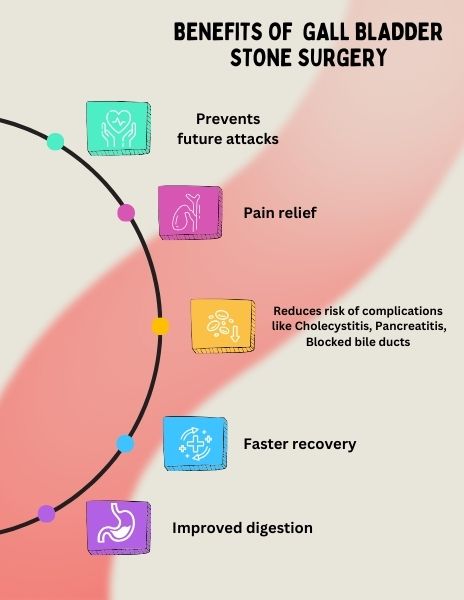
Laparoscopic Bariatric & Metabolic Procedures
Bariatric surgery is scientifically proven procedure that aims to help individuals with obesity achieve
significant and sustainable weight loss by altering the digestive system. There are several types of
bariatric procedures, each with its own approach and mechanism of action
Fill our health questionnaire and find out if you are eligible for bariatric surgery
Bariatric Surgery Results








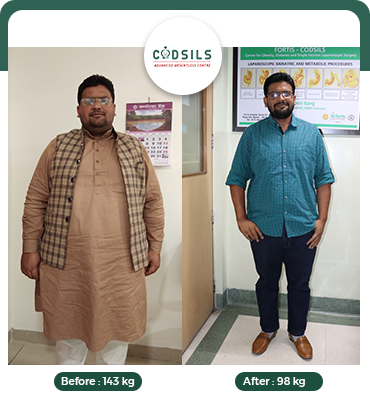

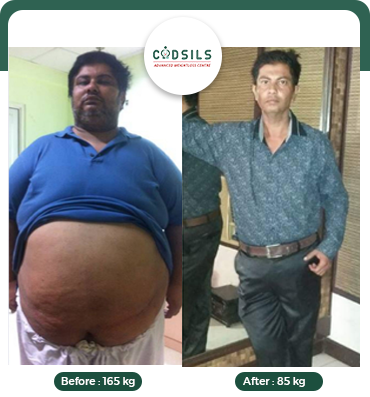


Bariatric Surgery
Metabolic Surgeries
Laparoscopic GI Surgeries

